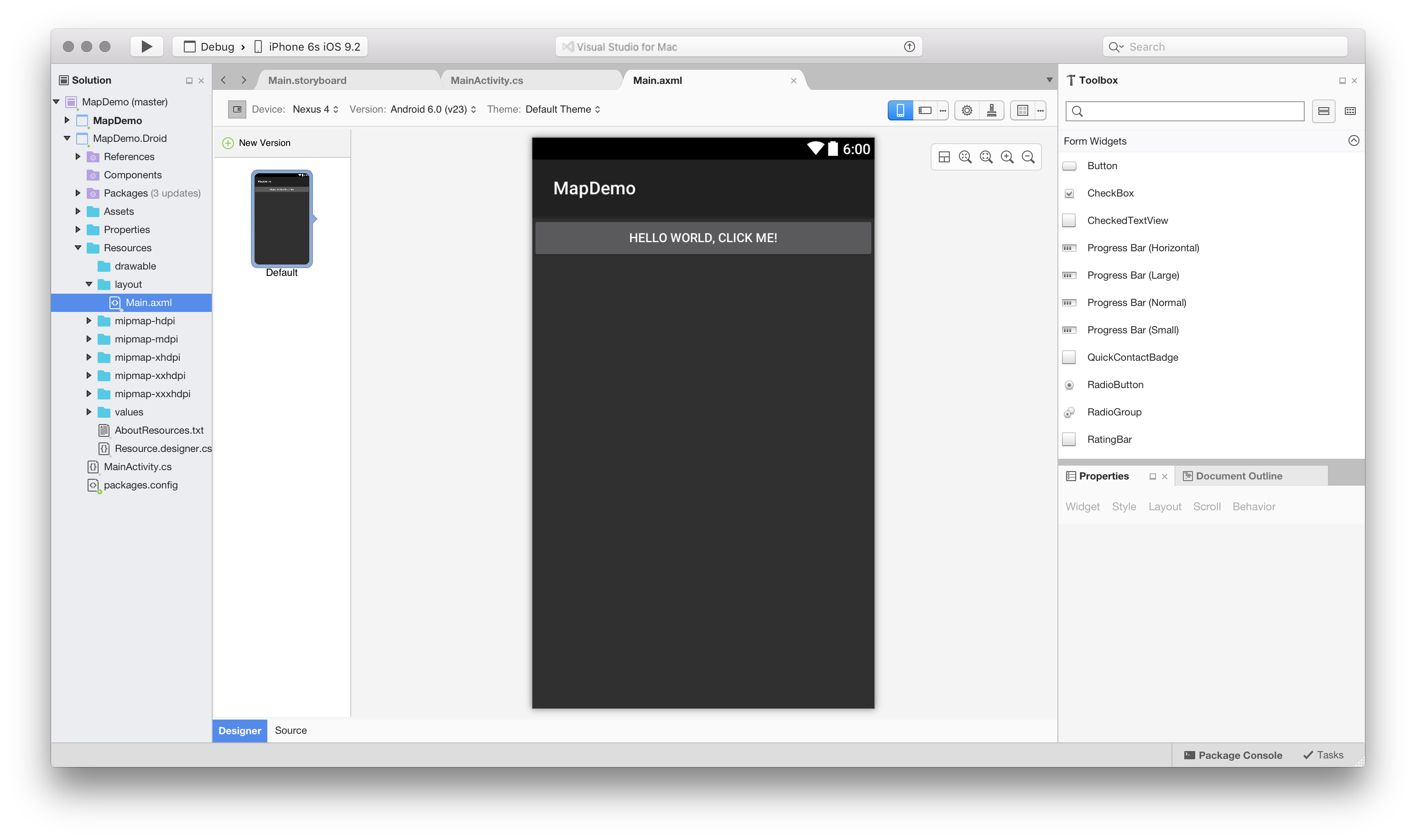

So if you’d like to follow along, you can run Windows as a virtual machine on your Mac. I can hear some of you saying, “What if I don’t have both machines?!”įor Mac-only users, Xamarin does provide an IDE for OS X, but in this tutorial we will be focusing on the shiny new Visual Studio support.
#Visual studio ios app simulator#
It greatly helps if your machines are physically near each other, since when you build and run on Windows, the iOS Simulator will load on your Mac. This doesn’t have to be a dedicated computer for building, but it must be network accessible during development and testing from your Windows computer.

To develop an iOS app with Xamarin and Visual Studio, you’ll ideally need two machines: This tutorial doesn’t require any prior iOS or Xamarin development experience, but to get the most from it you’ll need a basic understanding of C#. In this tutorial, you’ll use Xamarin.iOS to create an iPhone app that displays a user’s photo library.
#Visual studio ios app code#
These modules provide the flexibility to create very custom user interfaces, yet still allow sharing of common code across platforms. If your app does require platform-specific features or designs, use Xamarin.iOS, Xamarin.Android and other platform-specific modules to get direct interaction with native APIs and frameworks. This works especially well for apps that don’t need platform-specific functionality or a particularly custom interface. To maximize cross-platform code reuse, use Xamarin Forms. Xamarin also offers a choice of tools, depending on your needs. Share code between ASP.Net backends and customer-facing apps.Reuse code between apps on different platforms.Leverage existing C# libraries and tools to create mobile apps.However, this recently changed when Microsoft purchased Xamarin and announced that it would be included in all new versions of Visual Studio, including the free Community Edition that’s available to individual developers and small organizations.īesides cost (or lack thereof), Xamarin’s other virtues include allowing programmers to:

Because of this steep price, until recently Xamarin appealed mostly to enterprise projects with big budgets. Because of the steep licensing cost of $1,000 per platform per year, you’d have to give up your daily latte or frappuccino to even think about affording it … and programming without coffee can get dangerous. Xamarin had a big disadvantage too in the past too: its price. For more details, check out this great Xamarin vs. This means a well written Xamarin app should be indistinguishable from an app made with Xcode. Xamarin has a big advantage over other cross-platform frameworks: with Xamarin, your project compiles to native code, and can use native APIs under the hood.
#Visual studio ios app android#
The major benefit here is Xamarin can allow you to share code between your iOS and Android app. One of the most popular options is Xamarin, a cross-platform framework that allows you to develop iOS, Android, OS X and Windows apps using C# and Visual Studio. However, this isn’t the only option-you can create iOS apps using a variety of languages and frameworks. When creating iOS apps, developers typically turn to the languages and IDE provided by Apple: Objective-C / Swift and Xcode.


 0 kommentar(er)
0 kommentar(er)
